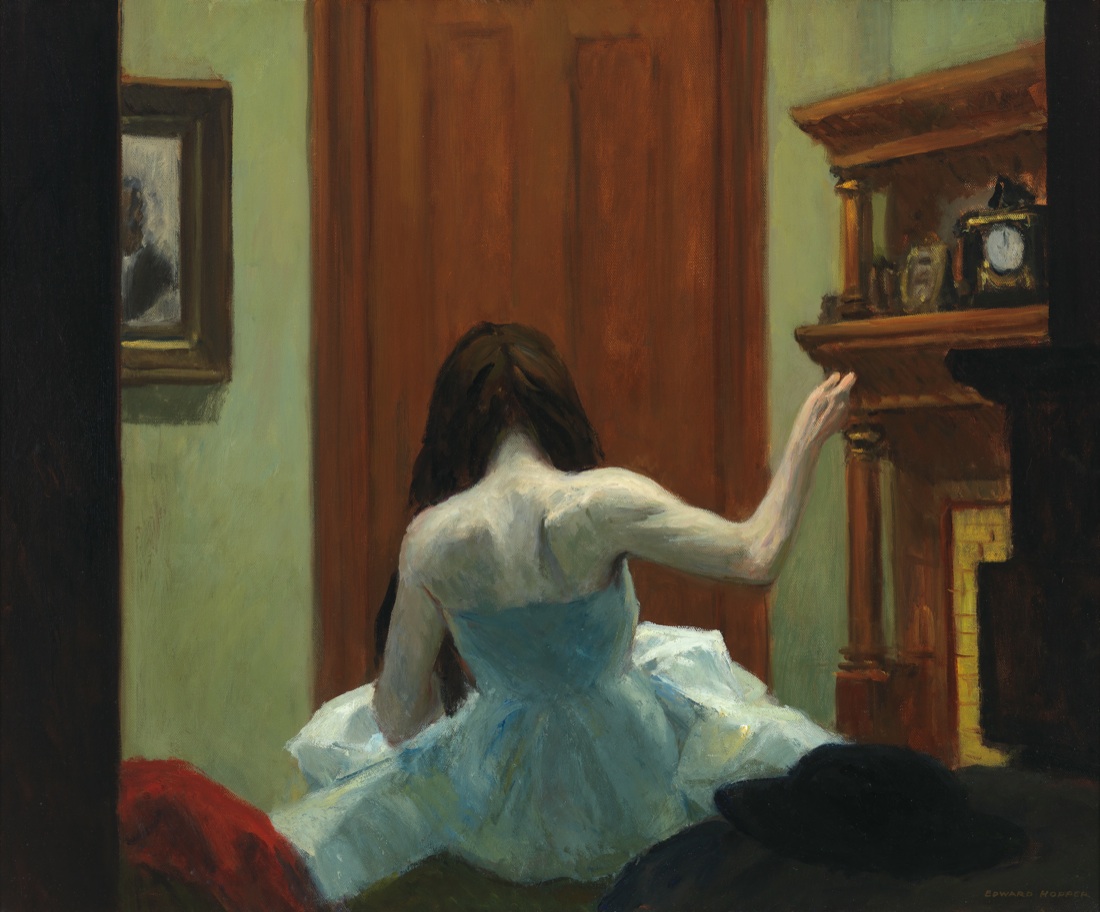
Edward Hopper, New York Interior, c. 1921
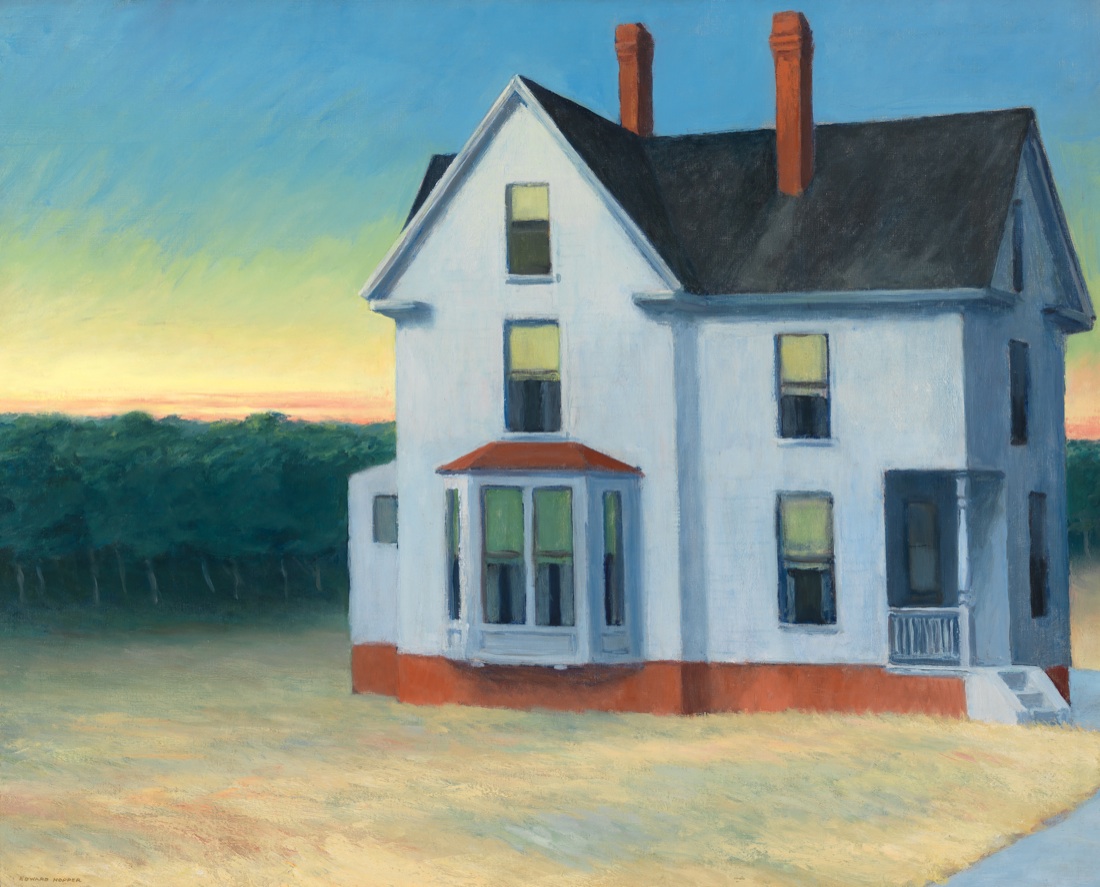
Edward Hopper, Cape Cod Sunset, 1934
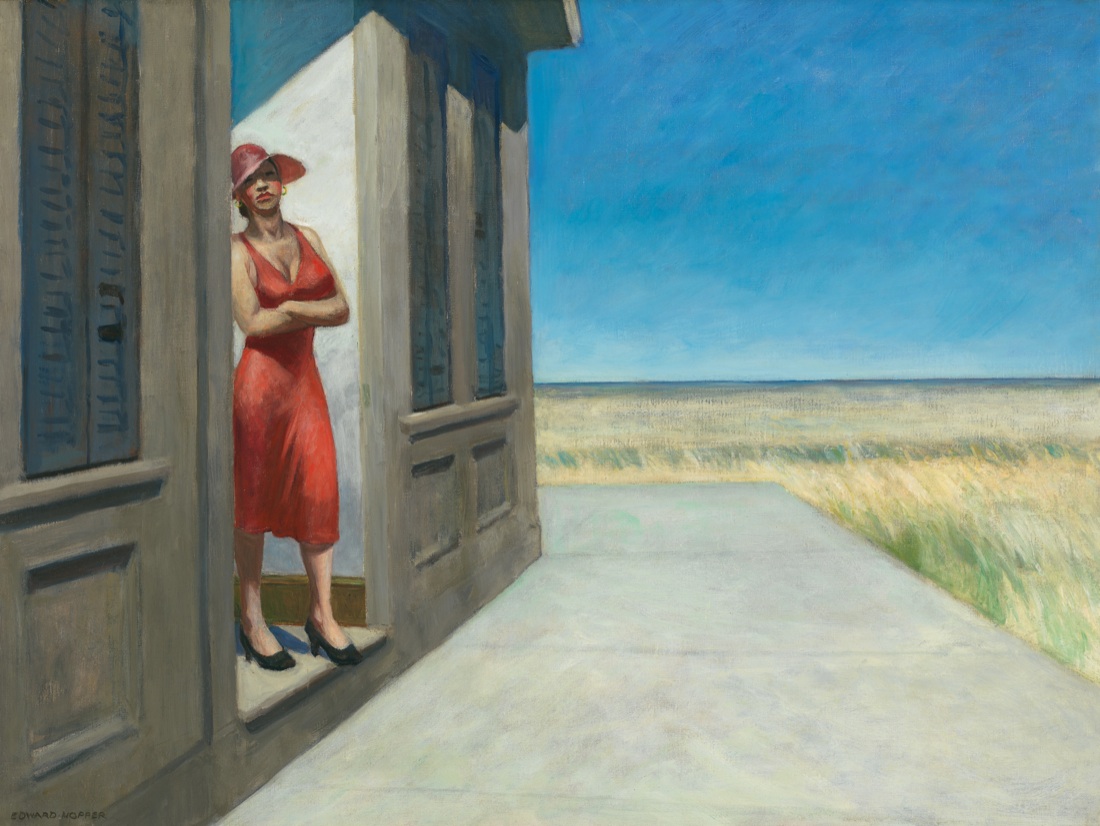
Edward Hopper, South Carolina Morning, 1955
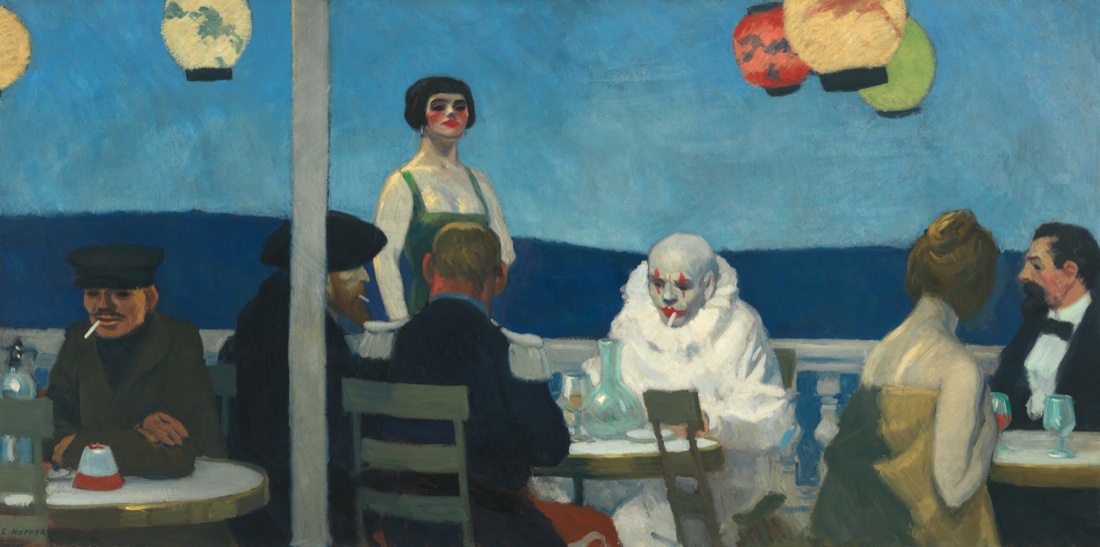
Edward Hopper, Soir Bleu 1914
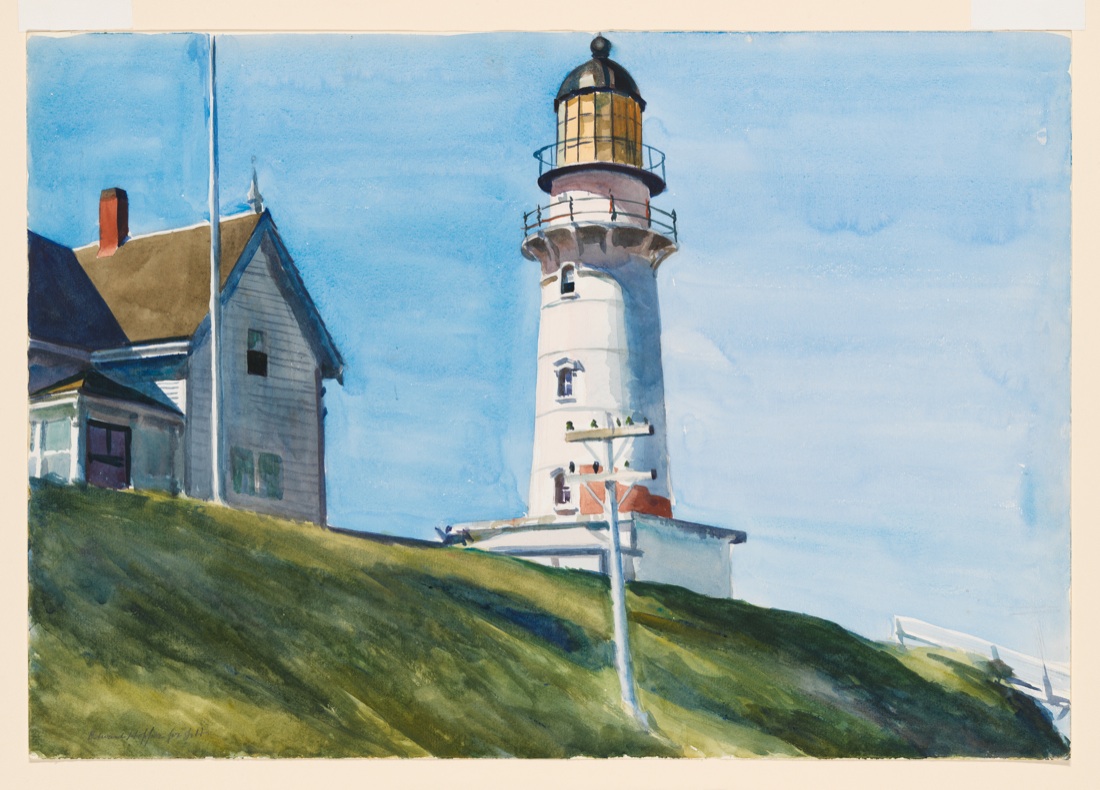
Edward Hopper, Light at Two Lights, 1927
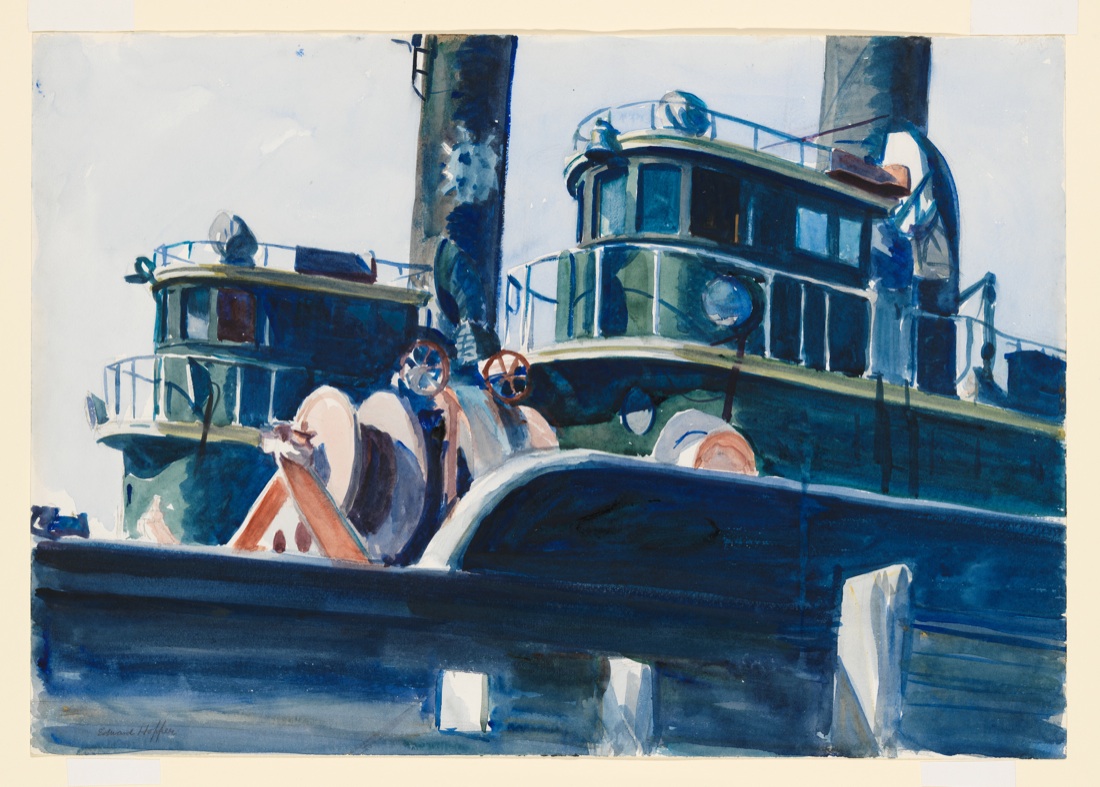
Edward Hopper, Two Trawlers, 1923 1924
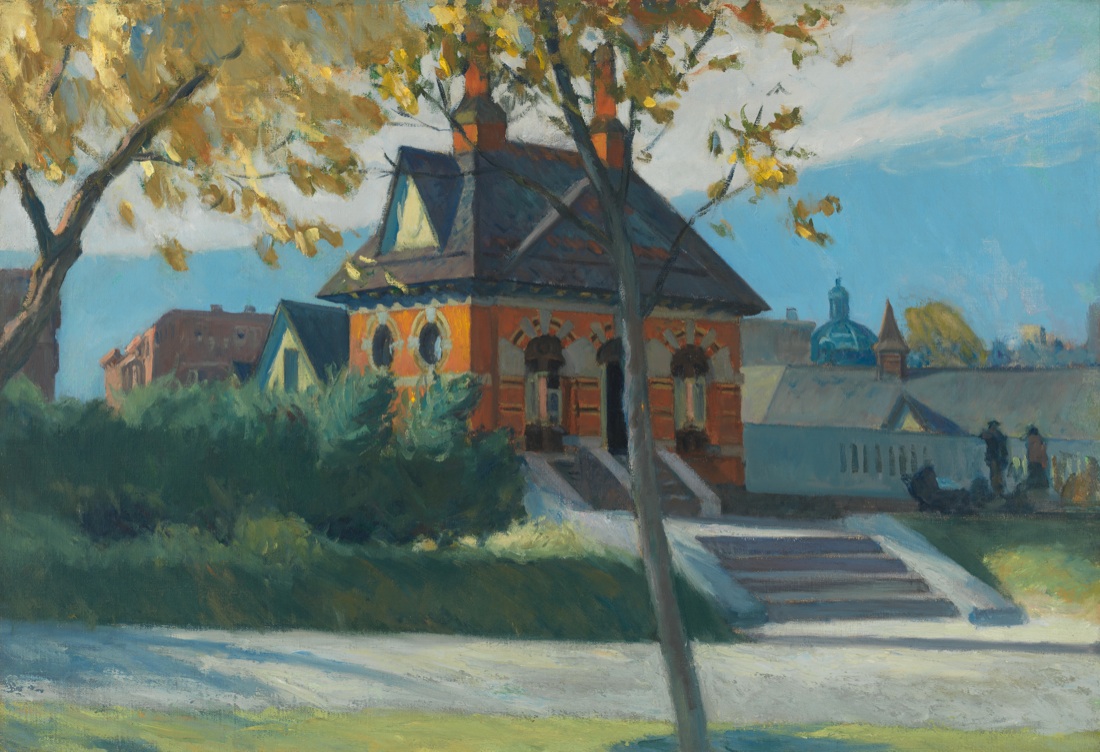
Edward Hopper, Small Town Station, 1918 1920
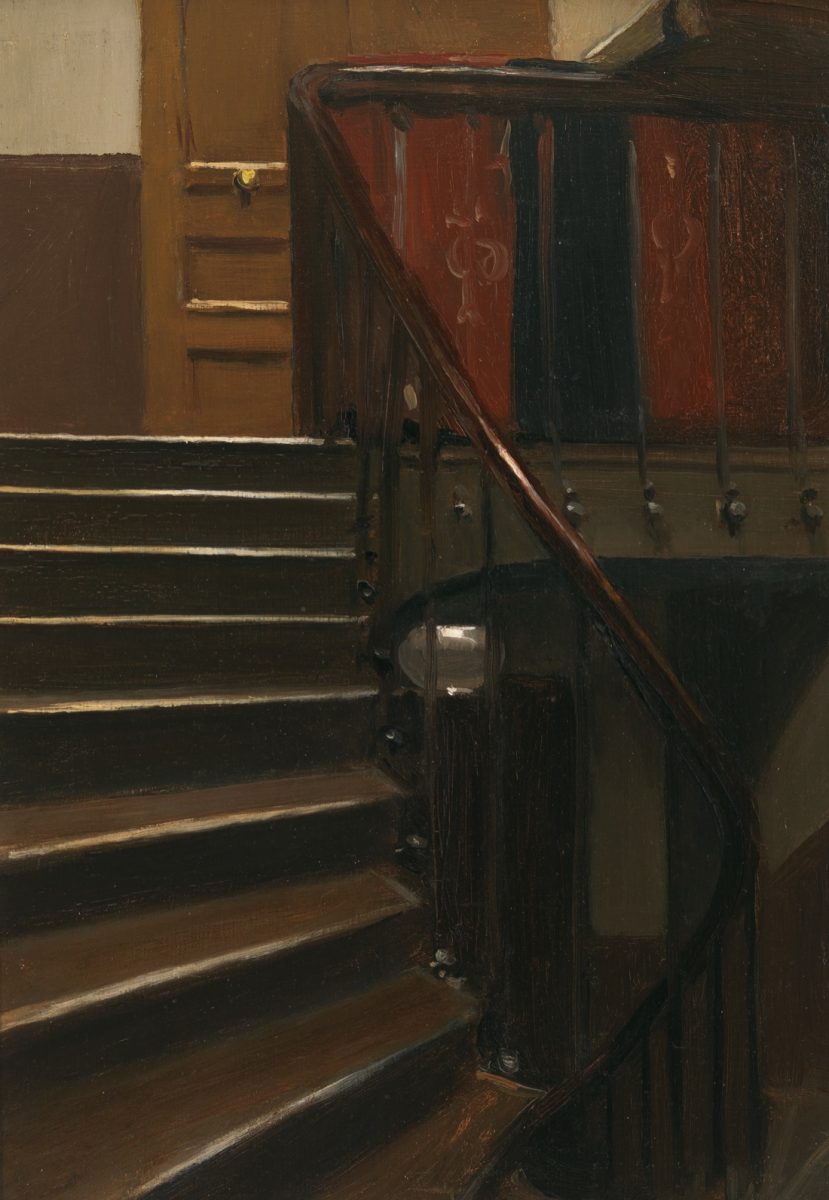
Edward Hopper, Stairway at 48 rue de Lille, Paris, 1906
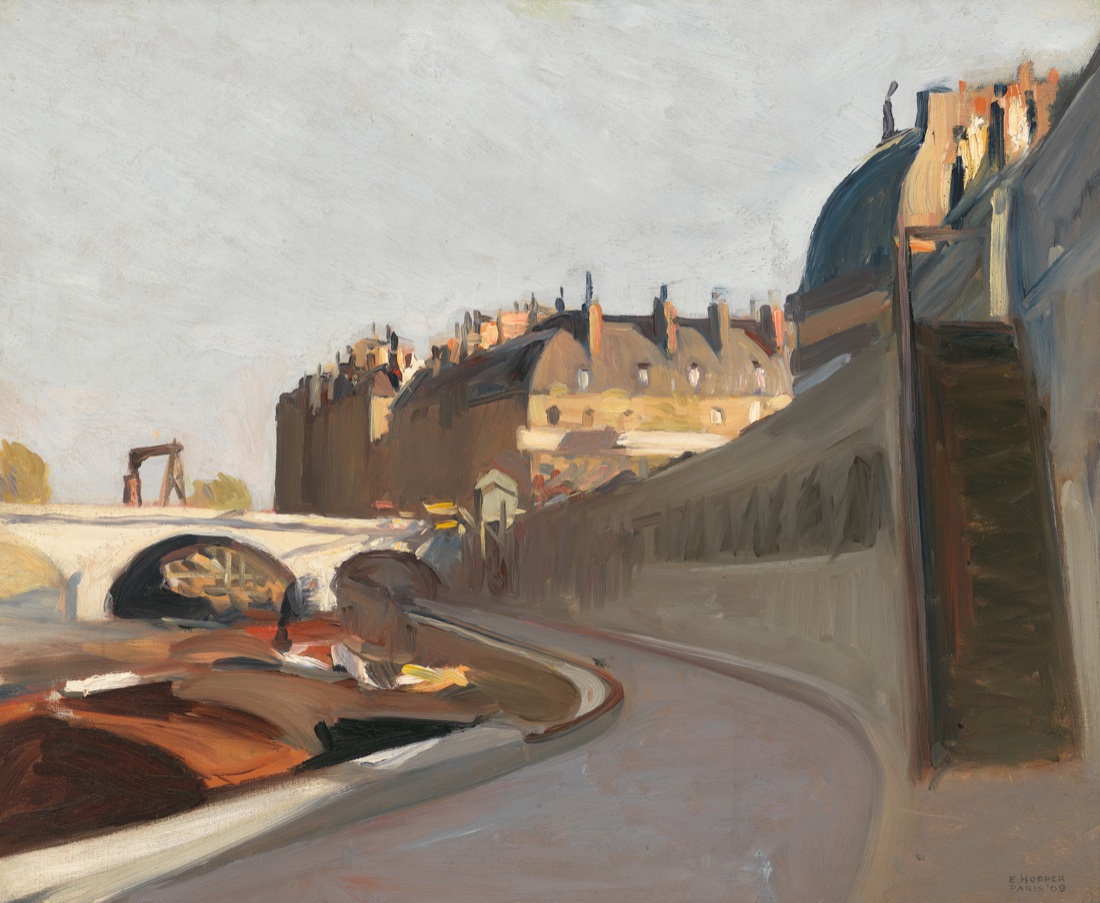
Edward Hopper, Le Quai des Grands Augustins, 1909
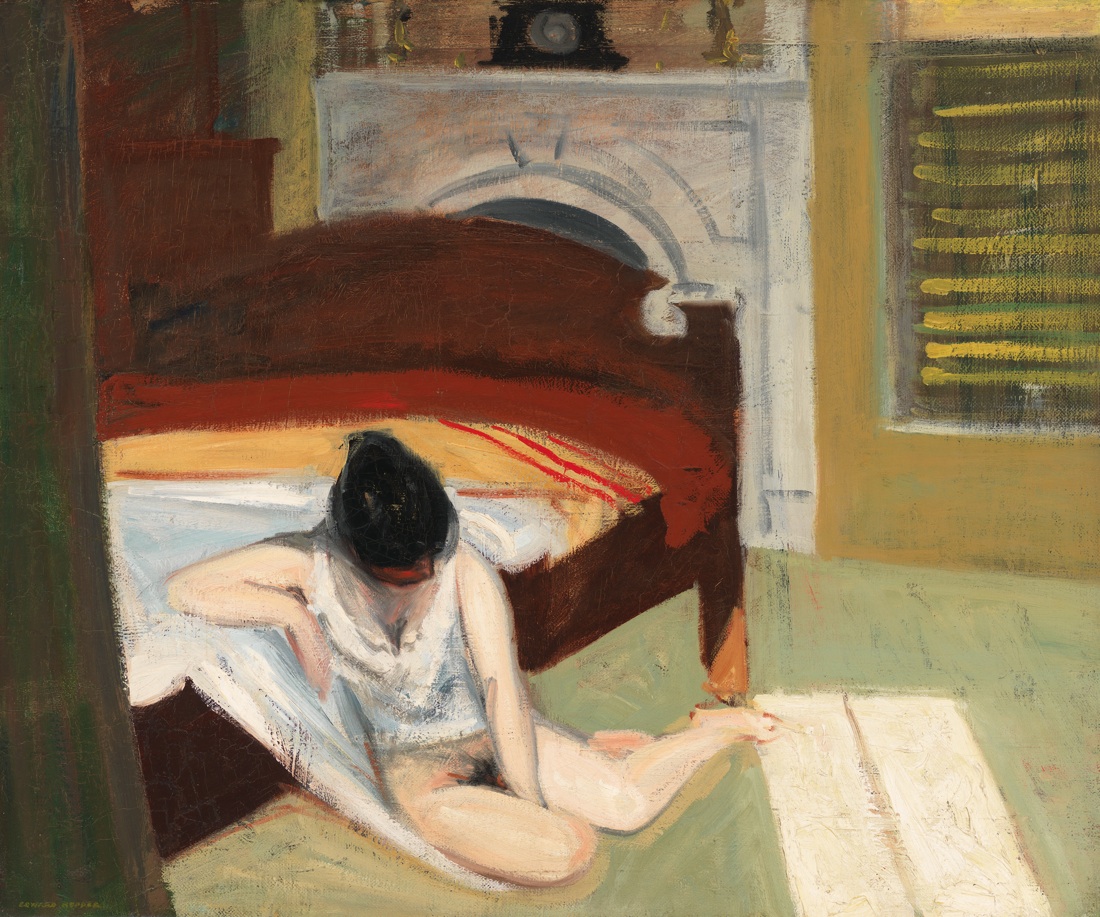
Edward Hopper, Summer Interior 1909
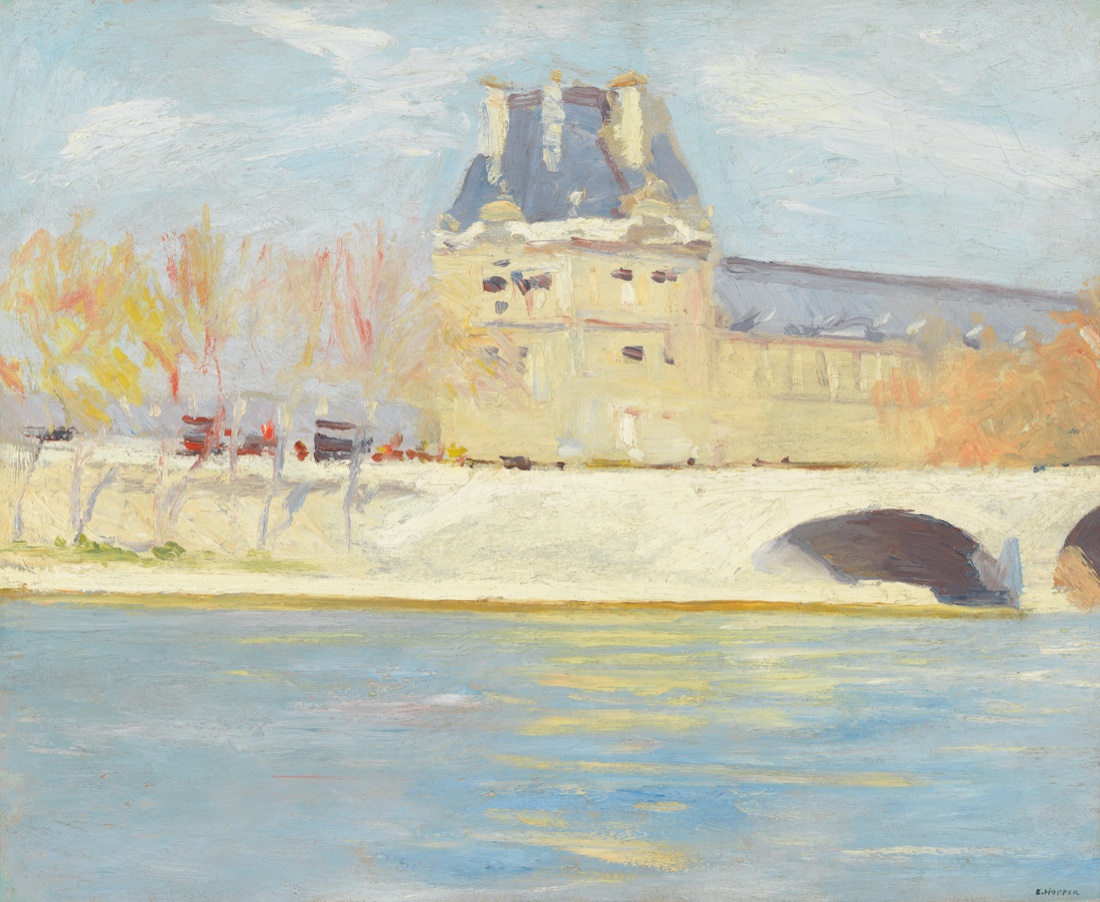
Edward Hopper, Après midi de juin or L’après midi de printemps, 1907
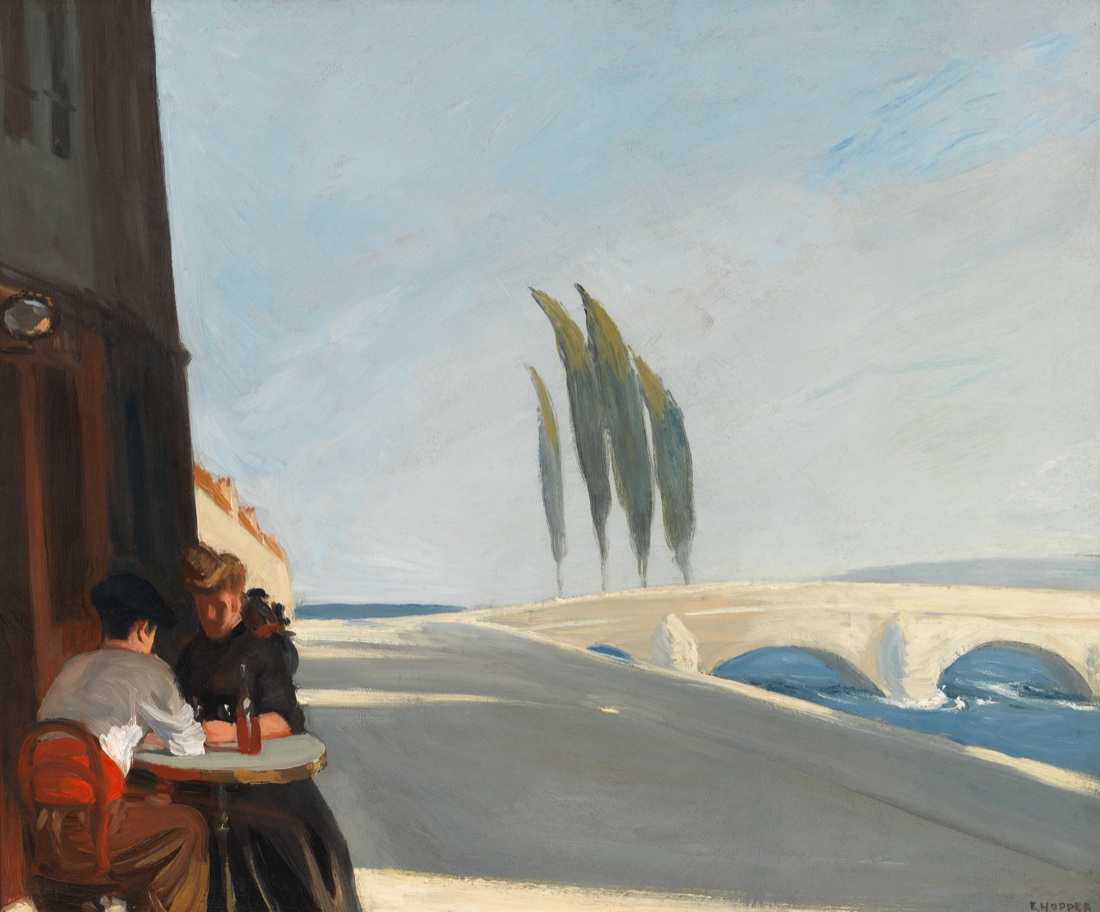
Edward Hopper, Le Bistro or The Wine Shop, 1909
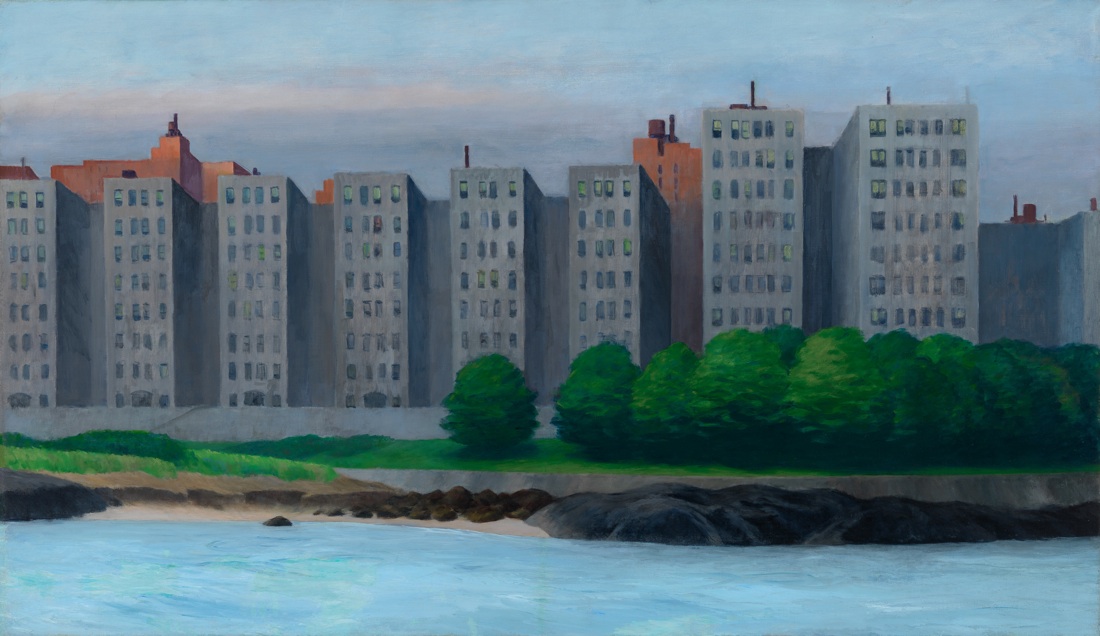
Edward Hopper, Apartment Houses, East River, c. 1930
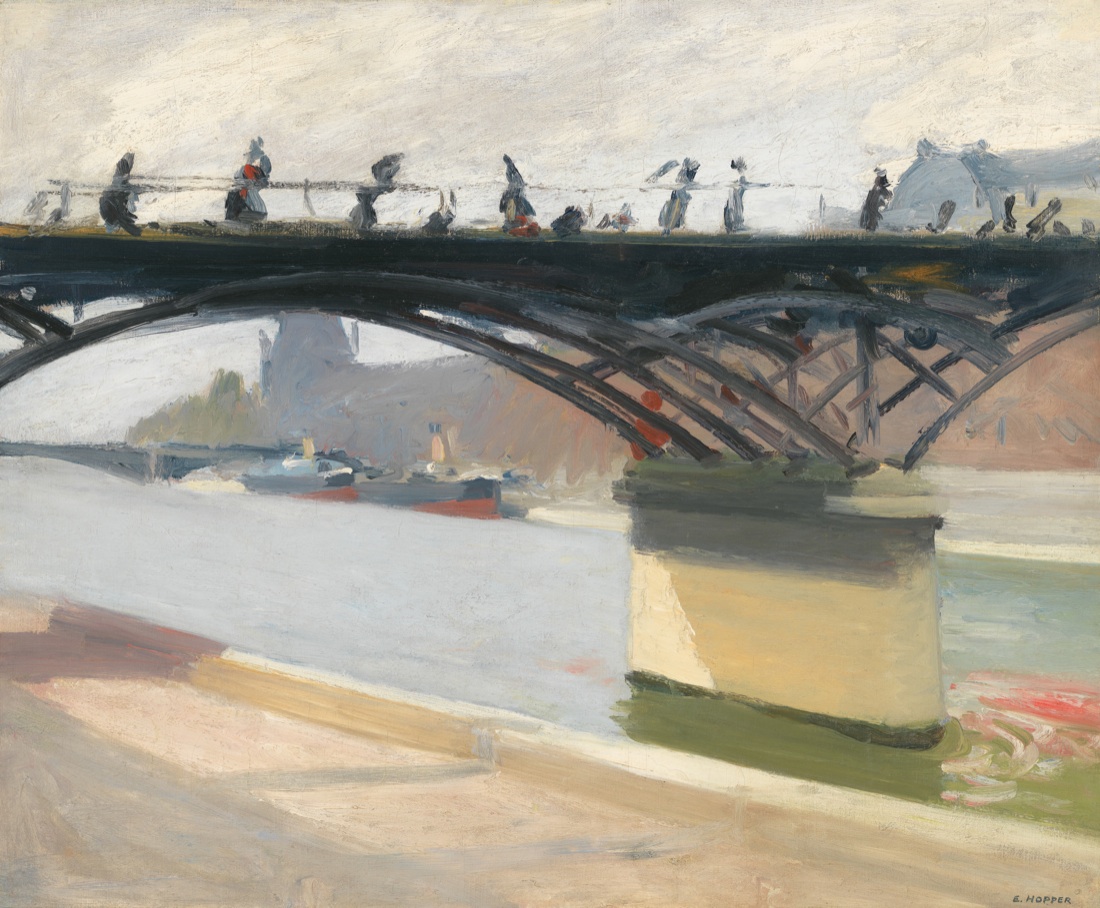
Edward Hopper, Le Pont des Arts 1907
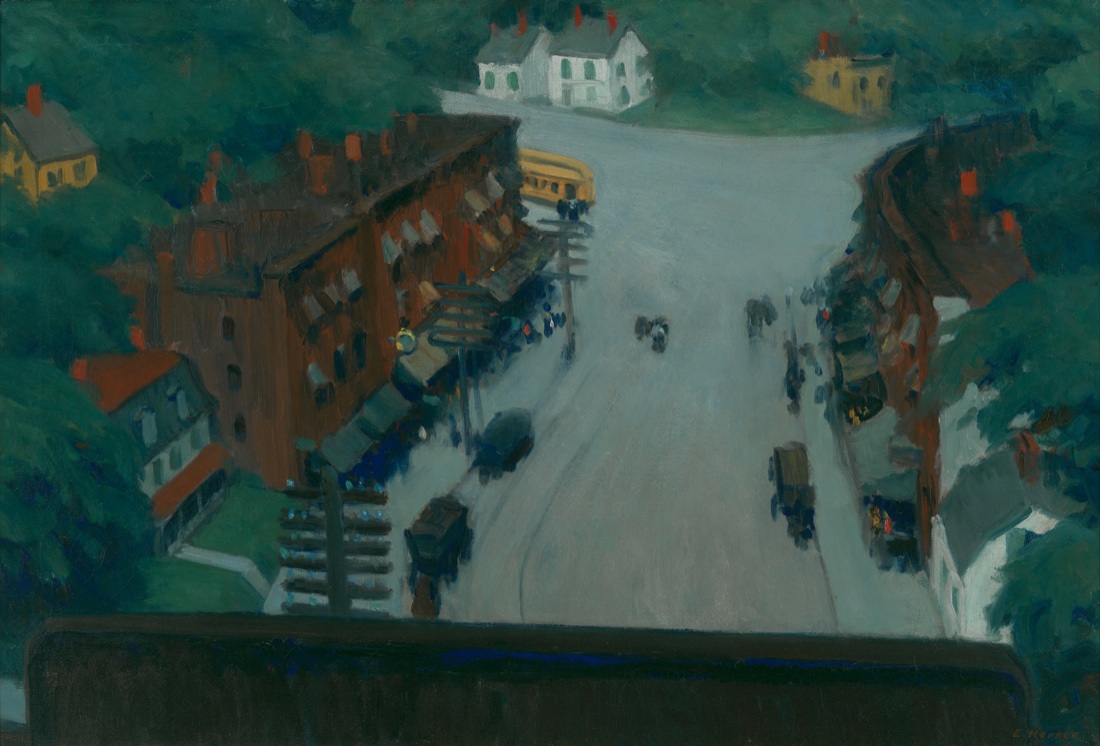
Edward Hopper, American Village, 1912
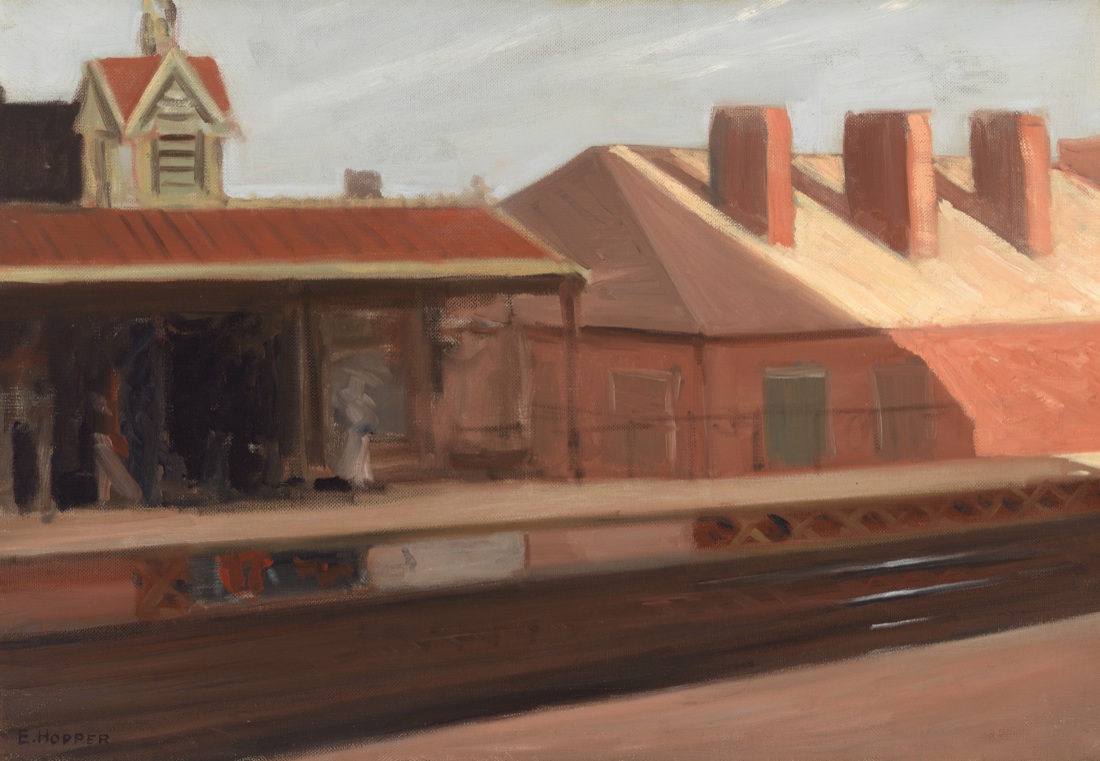
Edward Hopper, The El Station, 1908
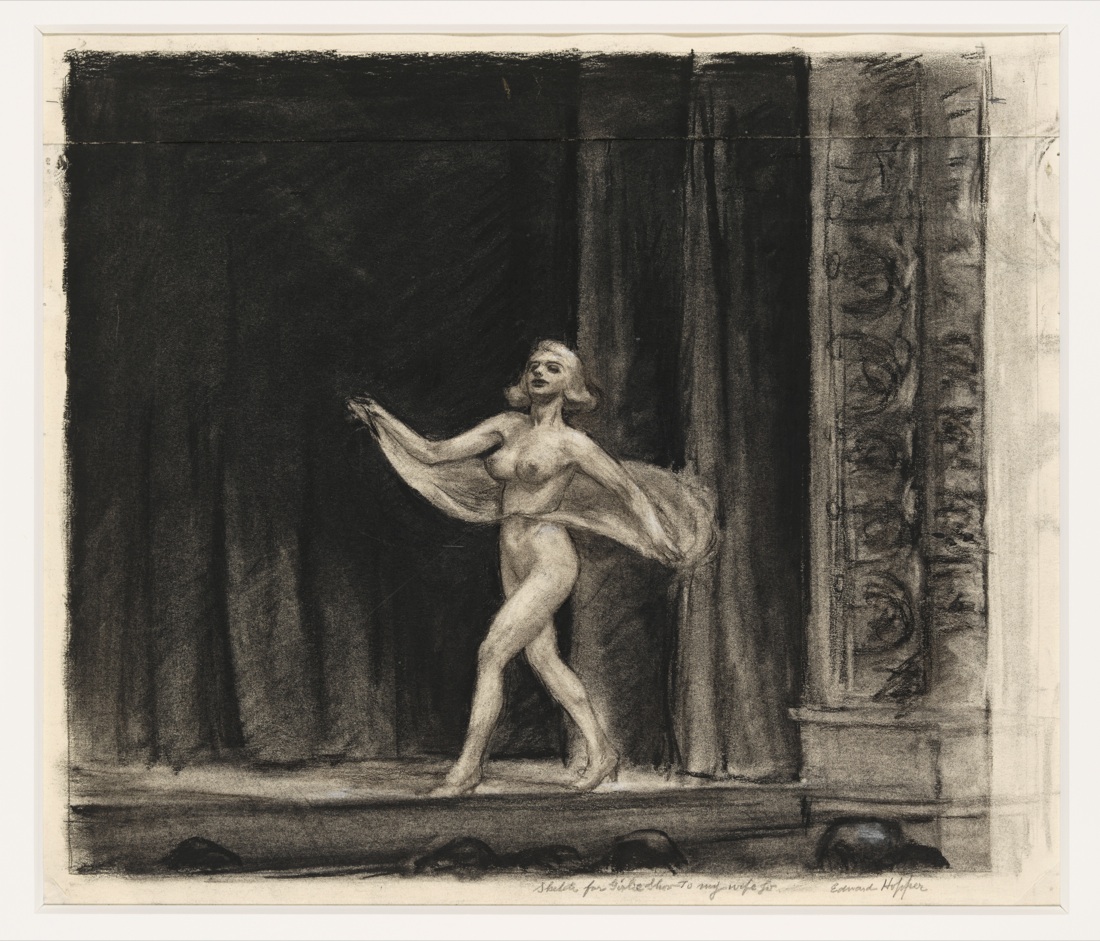
Edward Hopper, Study for Girlie Show 1941
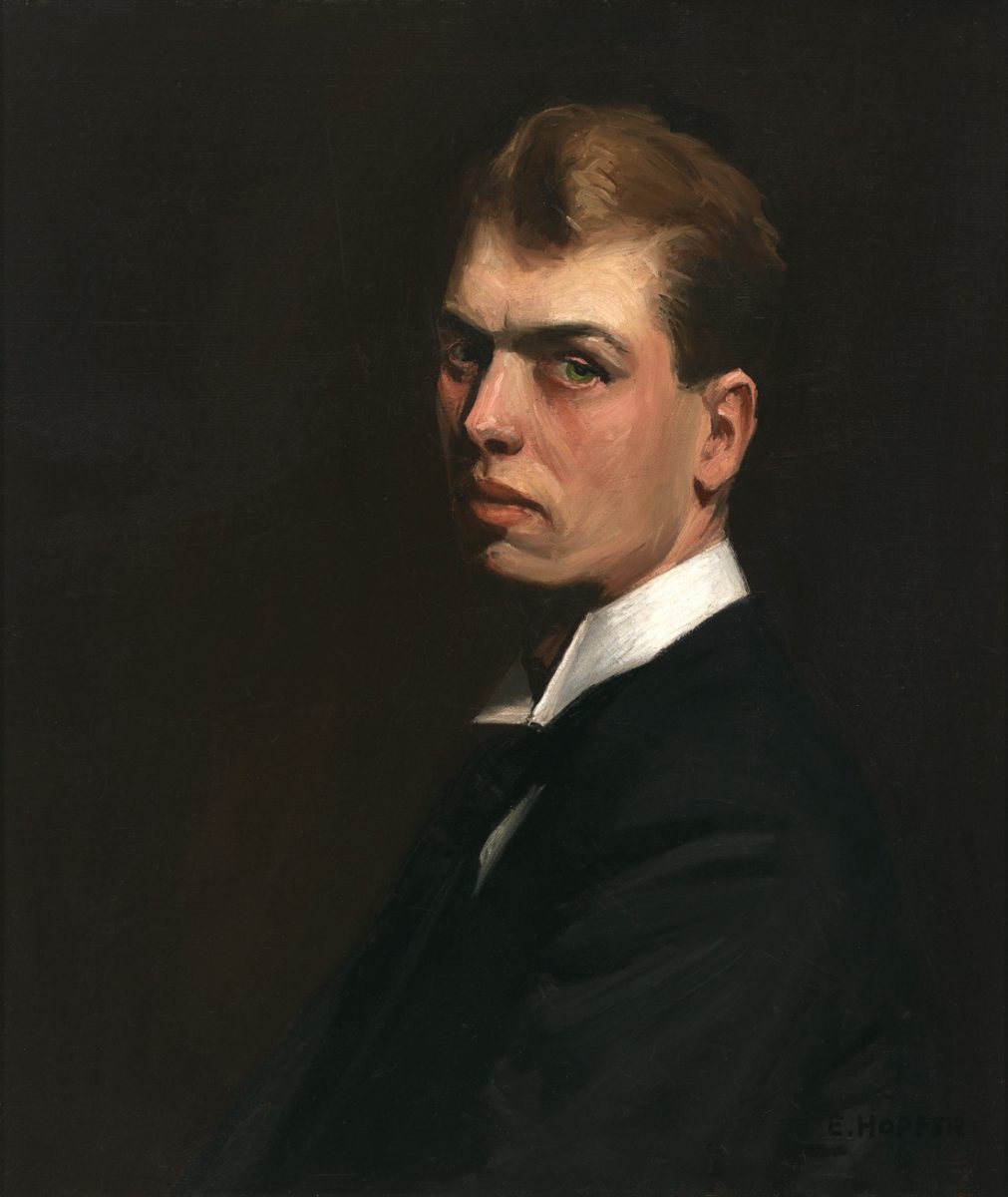
Edward Hopper, Self Portrait, 1903 1906
Suddivisa in sei sezioni, la mostra a Palazzo Fava segue un ordine tematico e cronologico che permette di ripercorre interamente la produzione di Edward Hopper, dalla formazione accademica agli anni in cui studiava a Parigi, fino al periodo “classico” – e più noto – degli anni ‘30, ‘40 e ‘50, per arrivare alle iconiche e intense immagini degli ultimi anni. Il percorso prende in esame tutte le tecniche predilette dall’ artista: l’olio, l’acquerello e l’incisione, con particolare attenzione all’affascinante rapporto che lega i disegni preparatori ai dipinti, aspetto fondamentale della sua produzione.
Hopper è stato per lungo tempo associato a suggestive immagini di edifici urbani e alle persone che vi abitavano, ma più che i grattacieli – emblemi delle aspirazioni dell’età del jazz – egli preferiva le fatiscenti facciate rosse di negozi anonimi e vedute di ponti meno conosciuti. Tra i suoi soggetti favoriti, vi sono scorci di vita nei tranquilli appartamenti della middle class, spesso intravisti dietro le finestre durante i suoi viaggi, immagini di tavole calde, sale di cinema, divenute delle vere e proprie icone, come testimoniano alcuni celebri capolavori in mostra.
Dipinti che evocano sempre delle storie, pur lasciando irrisolte le azioni dei personaggi. La mostra intende mettere insieme una vera e propria “cifra hopperiana”, ereditata in molteplici campi dell’espressione visiva: nella pittura come nel cinema, nella fotografia come nell’illustrazione, e poi ancora nella pubblicità, in tv, nelle copertine di dischi e riviste, nei fumetti e nel merchandising. Persona schiva nella vita privata, poco avvezzo alla frequentazione del mondo dell’arte, Edward Hopper diventa a un certo punto pittore popolare, riconosciuto e amatissimo poiché in lui si leggono i tratti e gli stereotipi del mito americano, ieri come oggi.
La mostra, curata da Barbara Haskell in collaborazione con Luca Beatrice, è una partnership culturale con il Whitney Museum of American Art di New York, la Fondation de l’Hermitage di Losanna e Arthemisia Group
Edward Hopper
25 marzo – 24 luglio 2016
Palazzo Fava – Palazzo delle Esposizioni, Bologna
Via Manzoni, 2 – Bologna
